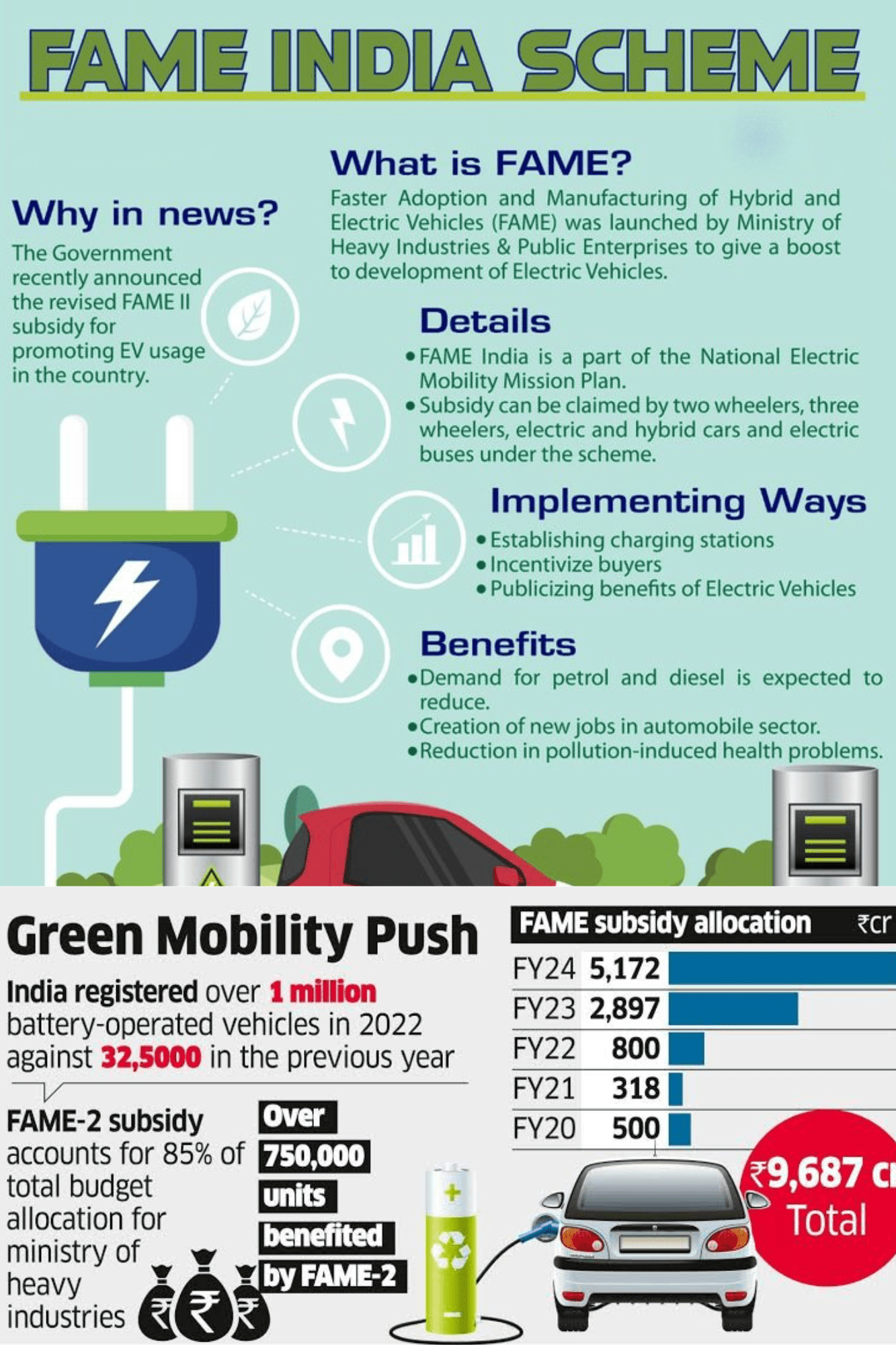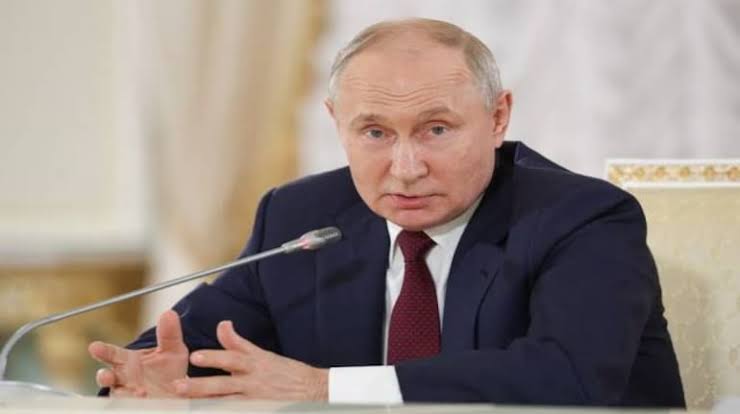Budget 2024: Government Considers Extending Fame II Scheme For EVs To FY25

To perpetuate the electric vehicle (EV) market, the Indian government is contemplating the extension of the second phase of its flagship incentive scheme, Faster Adoption and Manufacturing Electric Vehicles (FAME). With the third edition (FAME III) pensile clearance from the finance ministry, the government is exploring options to prolong the existing edition into the next financial year. To facilitate this, spare resources may be sought in the interim budget, a move that aligns with the government’s transferral to fostering electric mobility.
The prospect of extending FAME II is seen as a pragmatic tideway to maintaining momentum in the EV market while pensile clearance for the next phase. Seeking spare funds through a vote on worth in the interim upkeep becomes crucial, expressly with unstipulated elections scheduled for April-May next year. A vote on worth allows parliamentary clearance for essential expenditures during this interim period, ensuring continuity until the new government presents the full budget.
The finance ministry’s cautious stance on approving FAME III is rooted in its unscientific outlay of over INR 30,000 crore over the next five years. This edition aims to encourage the adoption of electric two-wheelers, electric buses, tractors, and other EVs. Officials express the view that major electric two-wheeler manufacturers, who have been the primary beneficiaries of FAME I and II, may no longer require government support. The prevailing sentiment is that resources should be judiciously utilized to develop the ecosystem supporting electric mobility, rather than extending incentives to individual buyers who can sire EVs.
India’s push toward electric mobility is driven by environmental concerns, with three of its cities ranking among the world’s top 10 polluted cities. The government envisions reducing vehicular emissions by promoting EV adoption, setting an would-be target of a 30% share for EVs in all new vehicle sales by 2030. As India positions itself to wilt the third-largest automobile market globally by the end of the decade, initiatives like FAME play a pivotal role in shaping the future of mobility.
The Ministry of Heavy Industries (MHI) has once disbursed INR 5,228 crore in subsidies for approximately 1.15 million electric vehicles sold till December 1. Additionally, under FAME II, INR 800 crore has been allocated to public sector oil marketing companies (OMCs) – IOCL, BPCL, and HPCL – for setting up 7,500 fast-charging stations wideness the country. This infrastructure minutiae aims to unstrap range uneasiness and remoter encourage the adoption of EVs.
The potential extension of FAME II reflects the government’s dedication to supporting and nurturing the growing EV industry in India. It emphasizes the need to uncurl policy measures with the dynamic requirements of the sector, reinforcing the transferral to towers a cleaner and increasingly sustainable transportation ecosystem. In a country where air pollution is a pressing issue, promoting electric vehicles becomes not just a matter of policy but a crucial step towards ensuring a cleaner and greener future.
The Federation of Indian Chambers of Commerce and Industry (FICCI), a prominent trade body, has recently proposed extending FAME II for flipside five years, with a review without three years. This recommendation aligns with the Ministry of Heavy Industries (MHI) and the Parliamentary Standing Committee on Industry, both advocating for extensions and periodic evaluations of the scheme’s effectiveness.
As India navigates its path toward a future dominated by electric vehicles, initiatives like FAME II play a pivotal role in shaping the narrative. The potential extension signifies a proactive tideway by the government to not only incentivize EV adoption but moreover to build a robust ecosystem that supports and sustains electric mobility in the long run. In the intricate flit between policy, industry, and environmental concerns, FAME II emerges as a key player, contributing to a cleaner, increasingly sustainable future for India’s transportation landscape.
#LeadStoryOnET | Government considers extending #FAMEII scheme to FY25https://t.co/ka9263S8in
— Economic Times (@EconomicTimes) December 26, 2023



